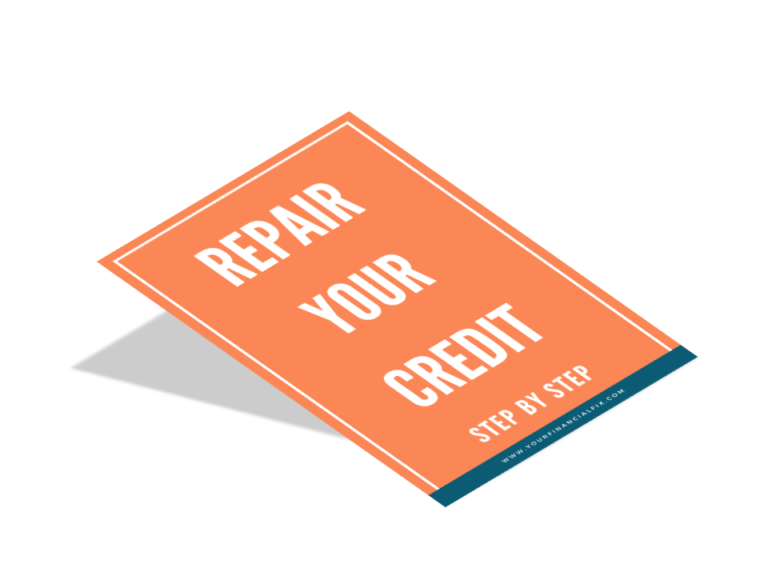I know. You’ve heard it a million times before – “create a budget”. You finally sit down to write one and immediately become frustrated because you don’t know what the heck you’re doing. Even worse, there’s no way you’re going to stick to it because you don’t believe you did it right anyway.
If this sounds familiar, you are not alone. In fact, I didn’t know how to create a real budget that I was satisfied with until I was well into my thirties. Especially since most of us were never taught this valuable and imperative information.
After years of frustration, I finally did the research and came up with three different personal budget methods that I was comfortable with trying. Take a look at the list and consider which budget would work best for helping you to stay motivated and on track.
Personal Budget Methods:
Balanced Budget Formula - 50/30/20
Here is where 50 percent of your monthly net income would be used for fixed expenses. This includes rent, utilities, insurance, cell phone, and possibly groceries. Cell phones were previously listed in a different category, but considering the fact that almost every American has a cell phone now as a necessity, I’ve included it in this category. Next, 30 percent of your income would be used for debt and savings. Items such as student loans, credit cards, retirement and monthly savings fall into this category. Finally, 20 percent of your income would be used for discretionary spending such as dining out, vacations, pets, and regular auto maintenance. TIP: If you can get your living expenses down or cut down on discretionary spending, add the difference to your debt and savings category. Click here for ideas.
Zero Based Budget
With this budget, the amount of money you bring in and the amount of money you spend should equal out to zero. Draw a line down the middle of piece of paper. On the left, write down all your income. This includes wages, income from side jobs, child support, etc. On the right, write down all of your expenses. Don’t forget to “pay yourself” in the expenses column by listing a set amount toward savings. When you subtract expenses from your income, it should equal to zero. If it does not equal zero, adjust your spending until it does. TIP: Add more to savings or retirement if it does not equal zero.
Envelope (cash only) Budget
This budget operates on the principle that handing over cash as opposed to swiping a debit or credit card will help you save. Create categories and calculate how much you will spend for each category. Once you know the amount, create an envelope and label it with that category name. Also label it with the amount of cash that needs to be added to that envelope each month. For example, let’s say you’ve budgeted $300 a month for groceries. When you receive your first paycheck of the month, withdraw $150 (if paid bi-weekly) from the bank and put that amount of cash into the envelope labeled Groceries. When you receive your second paycheck, do the same thing again, and put that $150 into the envelope. That’s your $300 for the month for food. Once the envelope is empty, that’s it! It is gone.
Have you tried one of these methods? If not, which one do you believe is right for you?
Consider liking us on Facebook
Need help repairing your credit?
Download our free Step-by-Step eGuide to get started today!



I actually like the 50/30/20 rule that may be something to work for me. I had a zero out budget for a while but my expenses always left me in the negative. I have a problem with swiping with no accountability. I read about and considered the envelope method but because I bank with two different banks it was more work than I was willing to put in…so I went back to swiping.
Definitely give it a try. We use 50/30/20 and it has helped to keep us on track because we don’t feel deprived.
Nice info. I have never created a budget for this excat reason. I will try this and see how it works. Thanks for sharing.
Thanks Michelle. Glad I could belp!